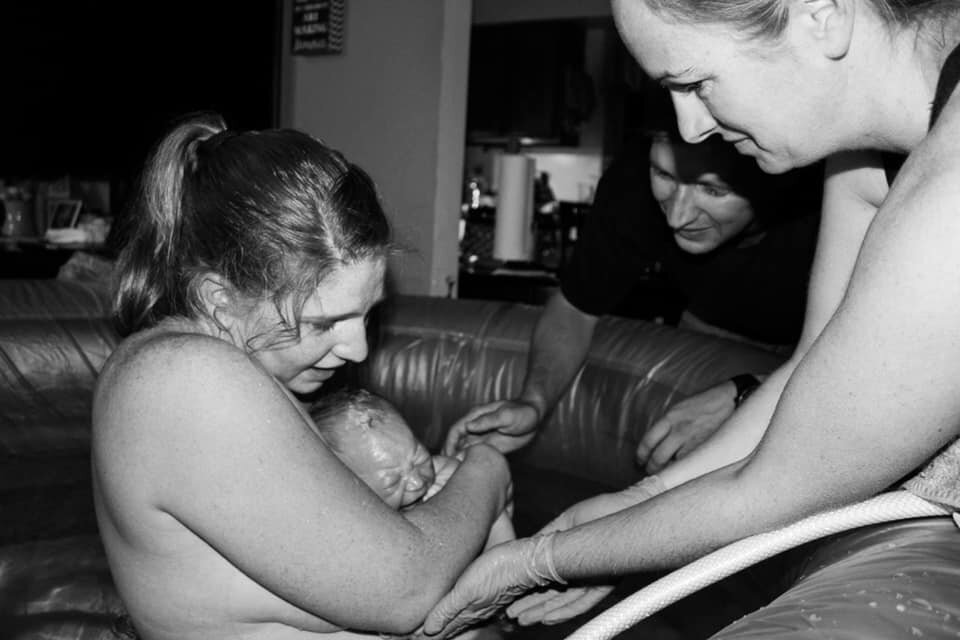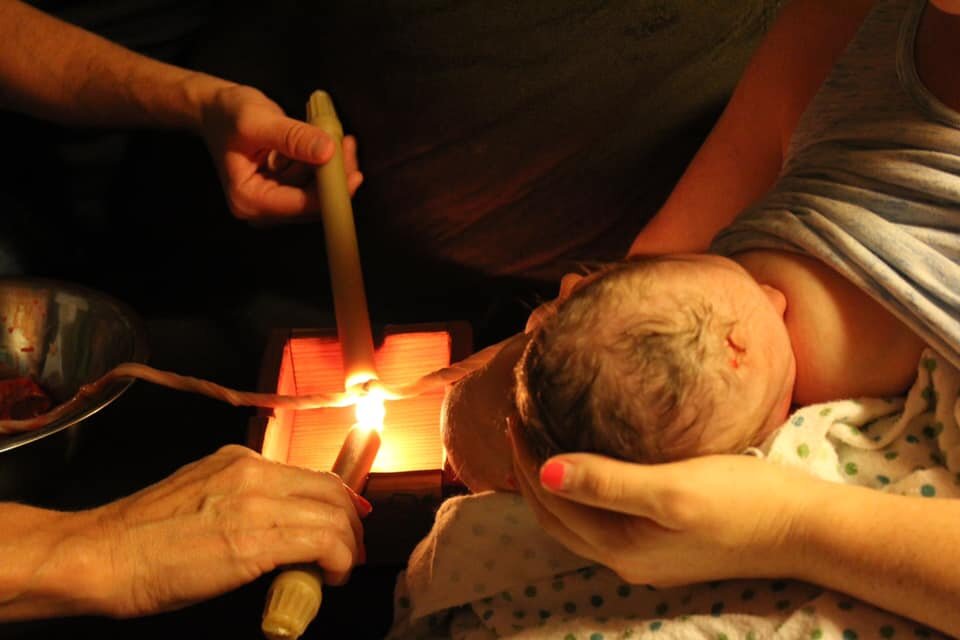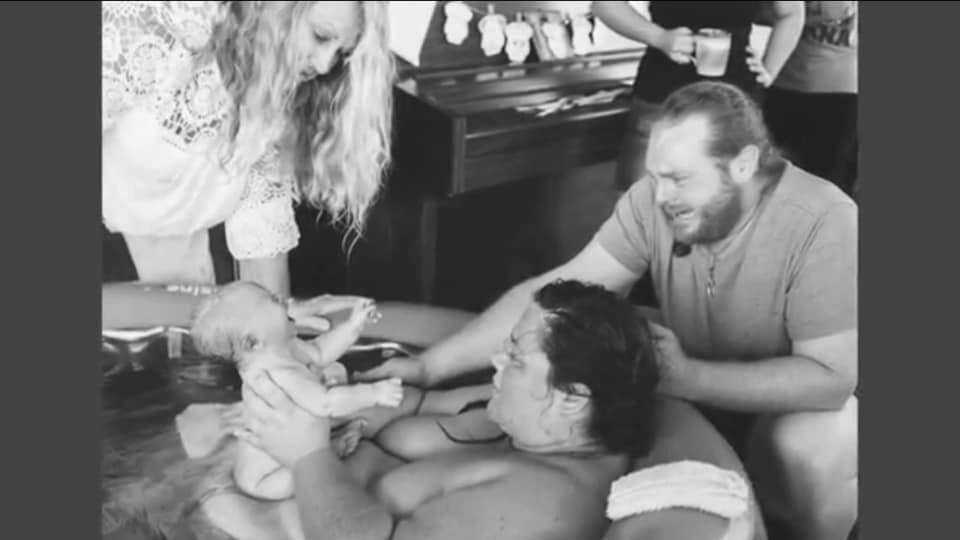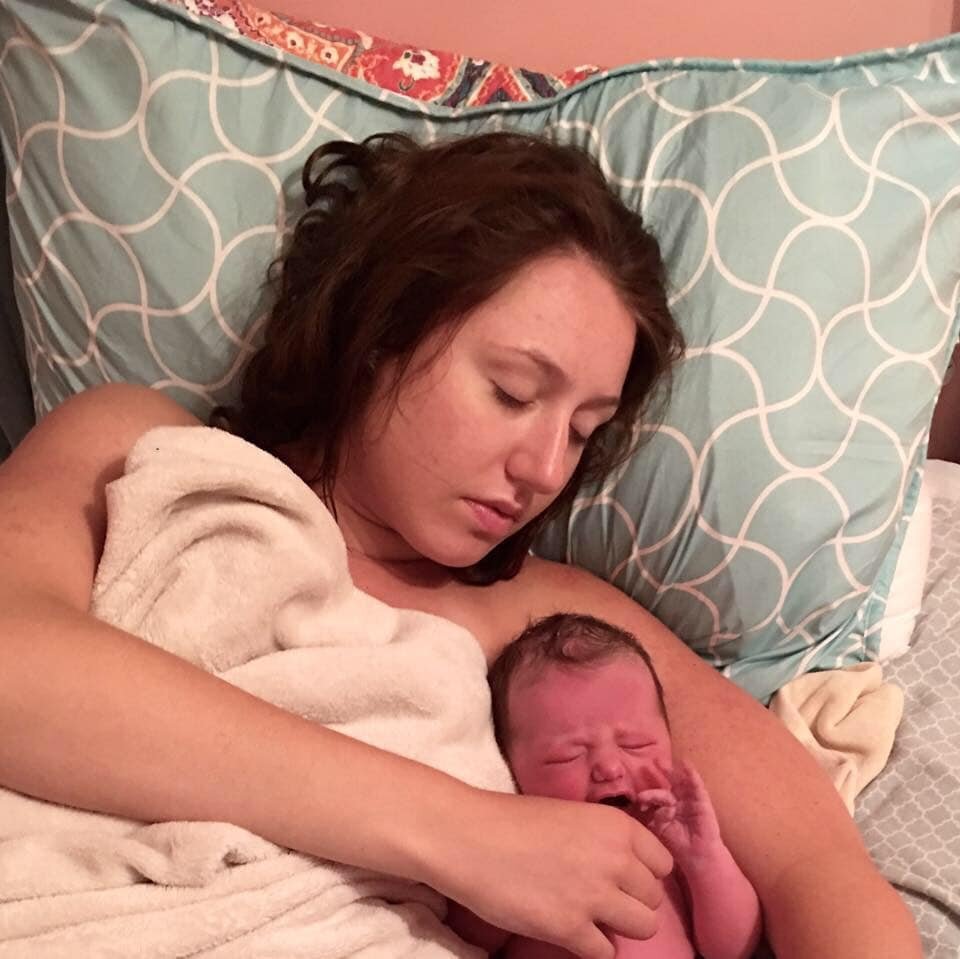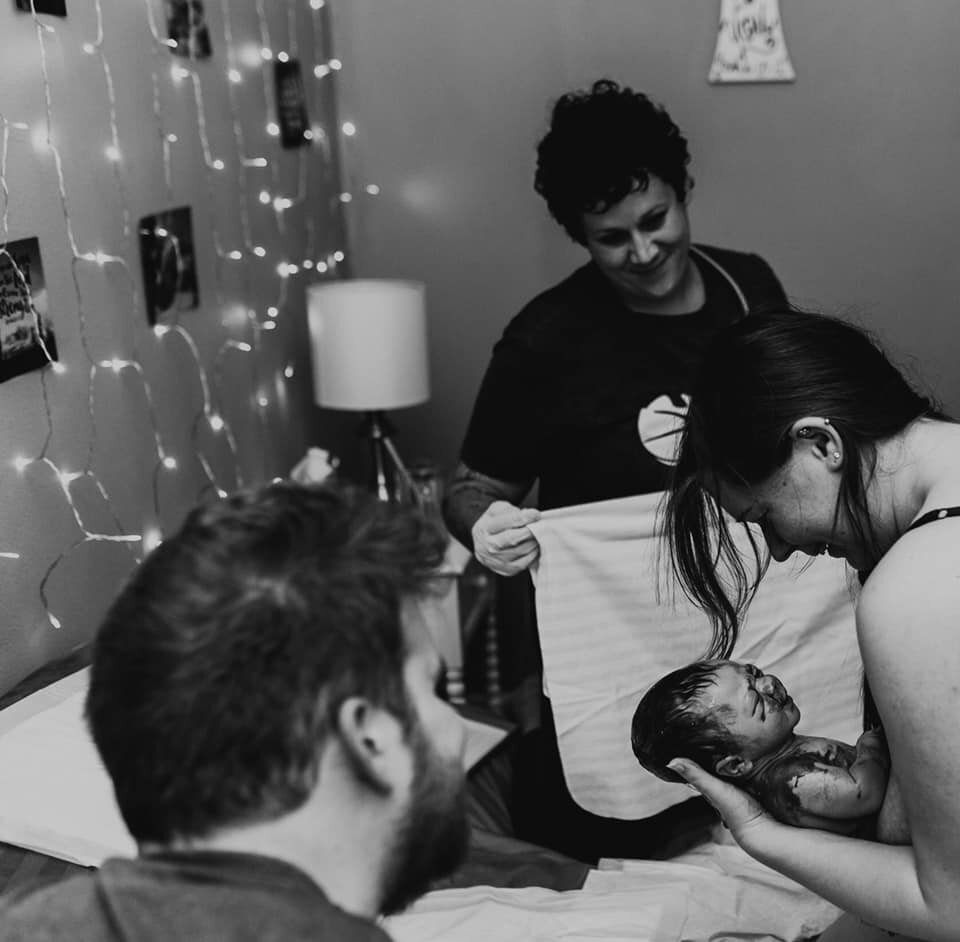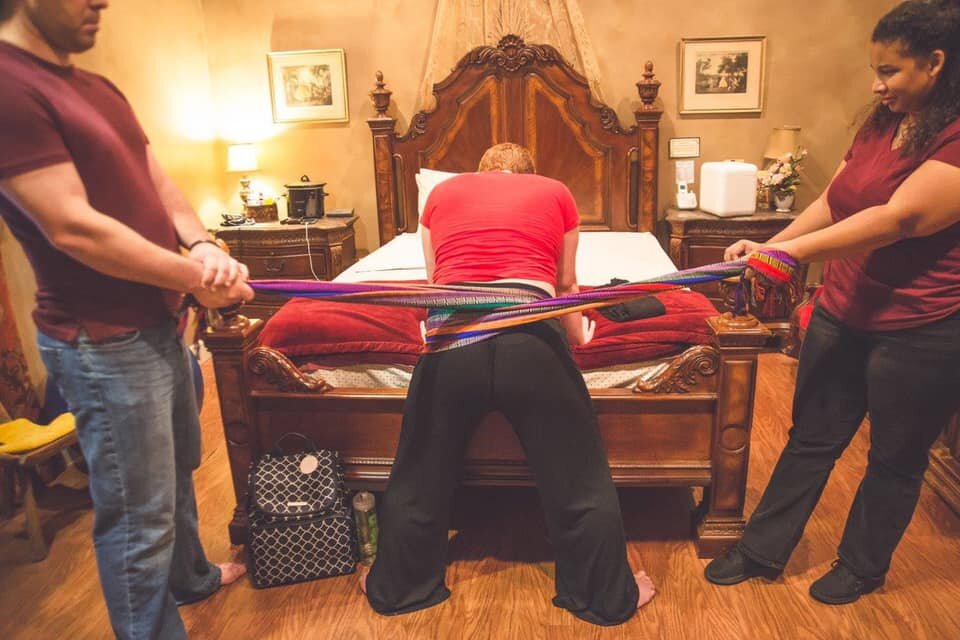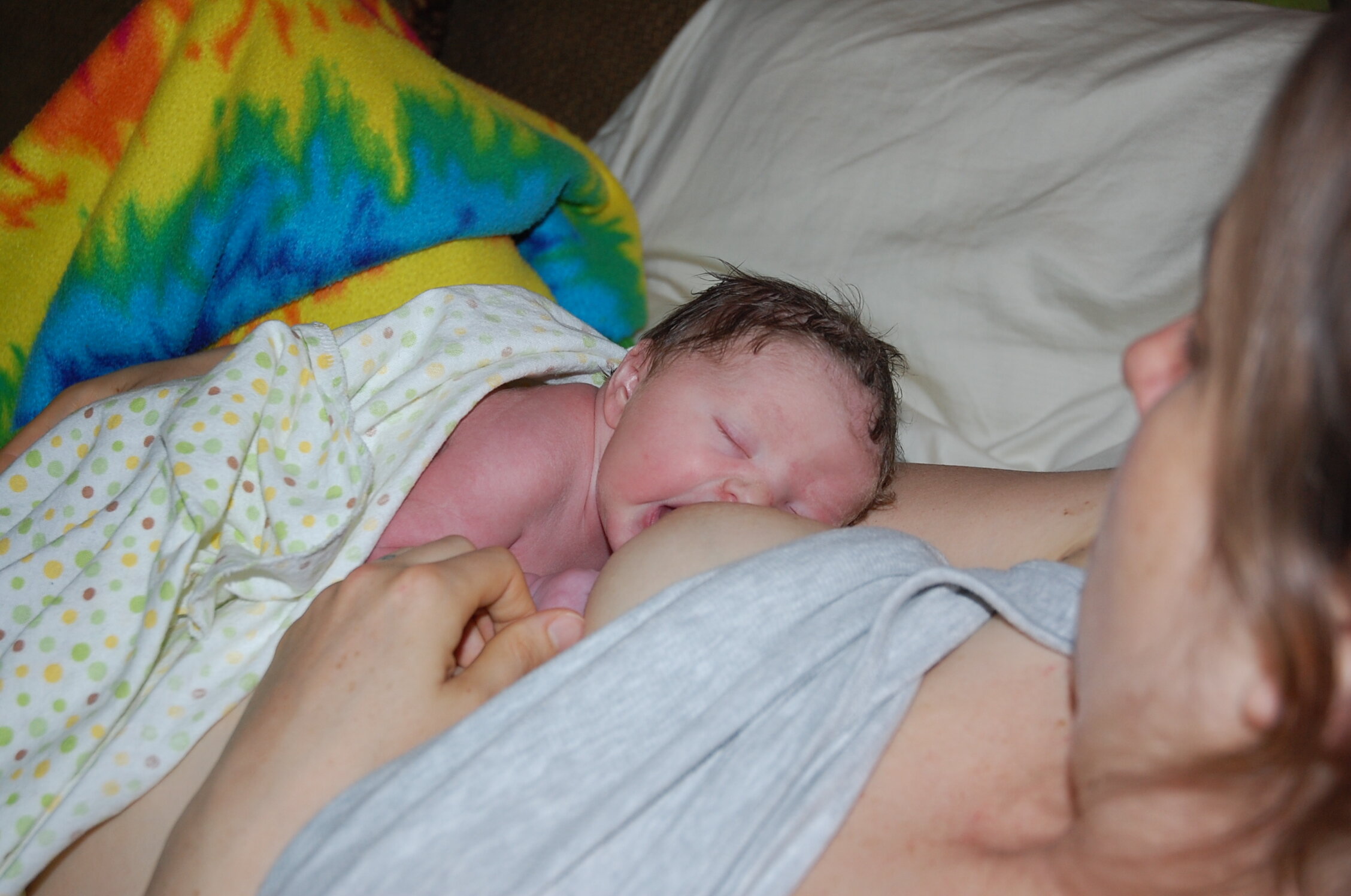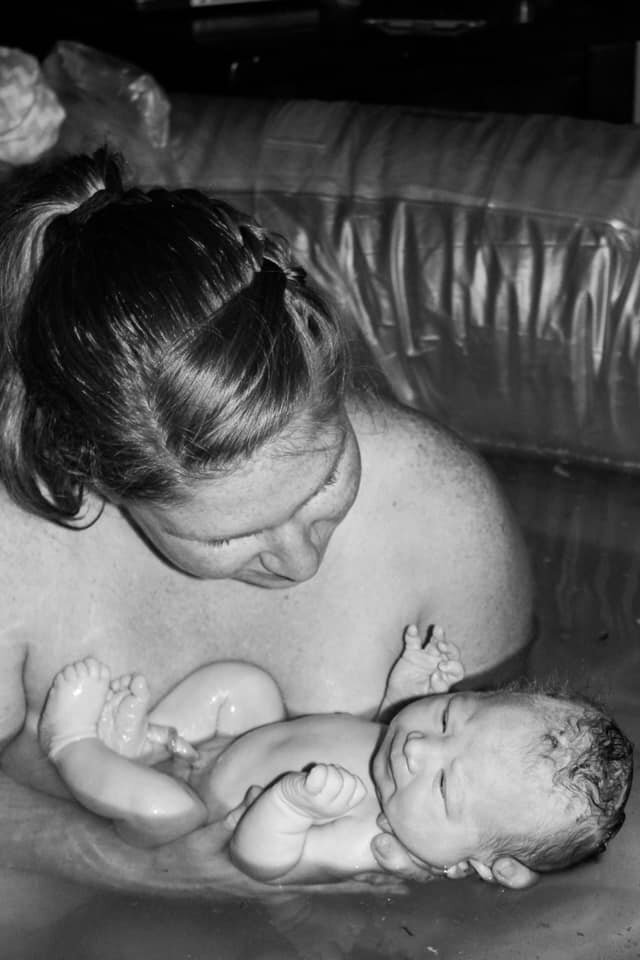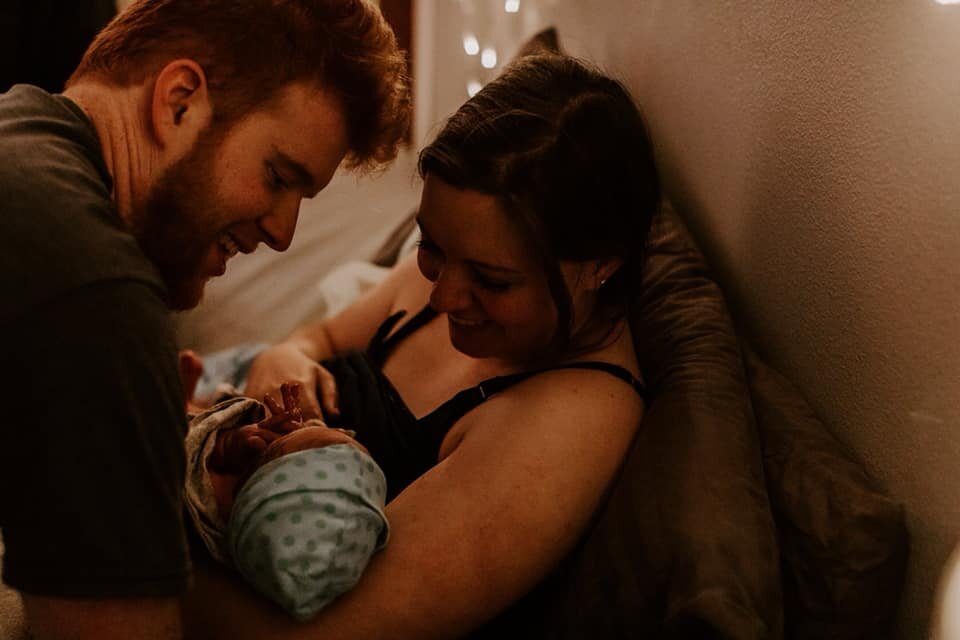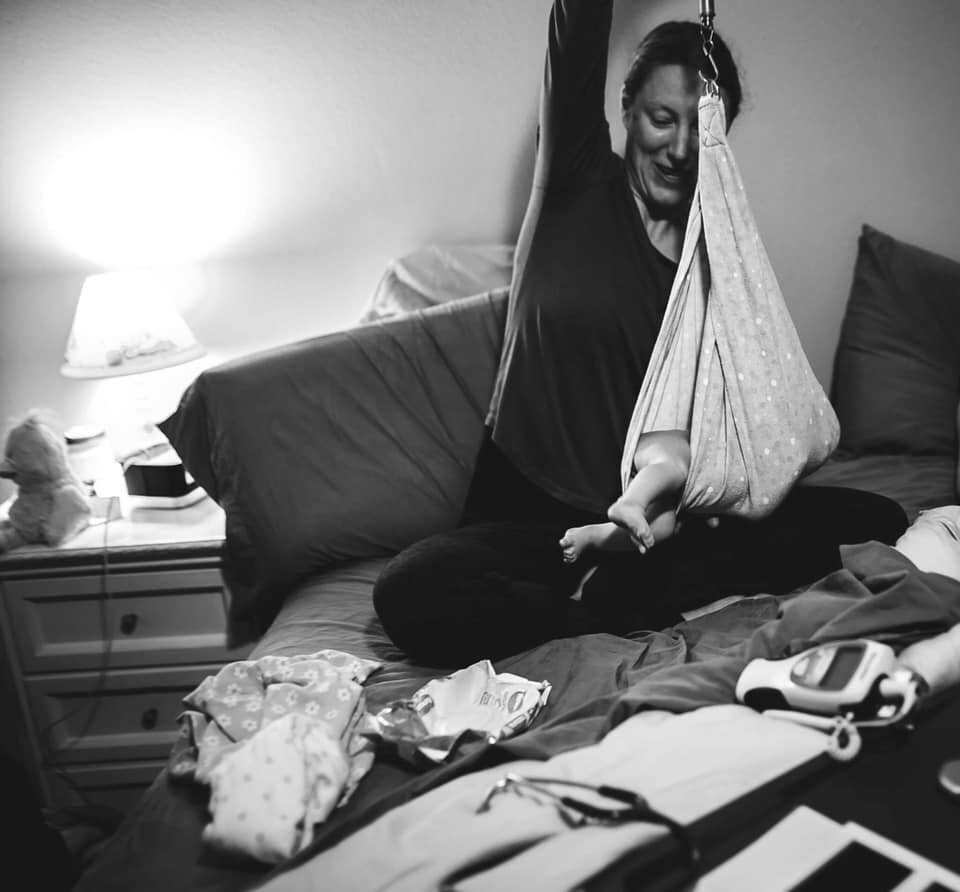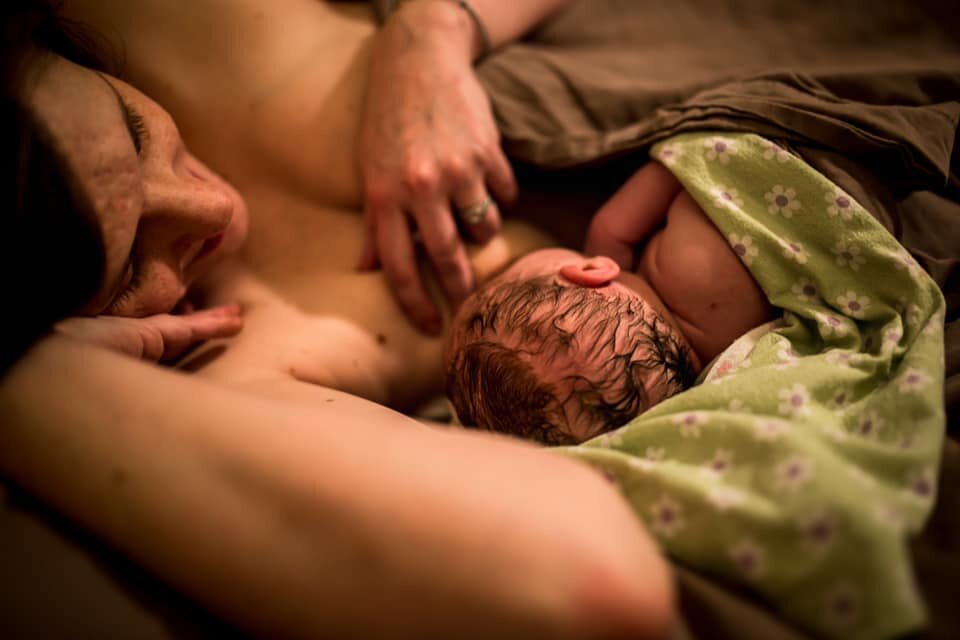Circumcision After Home Birth?
/Note: Your Whole Baby does not take a position regarding in-hospital or out-of-hospital birth. This particular article is written for parents seeking home or birth center births.
You’ve done your research and made your arrangements. Plans for your home birth or birth center birth are falling into place, except for this one detail: what to do about circumcision?
Surely you’ve put a lot into your deeply personal decision about where to birth your baby. Birthing parents can face a considerable amount of adversity when opting to birth outside of a hospital setting. Friends, families, and even partners might eagerly voice their doubts and concerns. They may be less than willing to listen to the reasons behind your choice and support your autonomy. But one steadfast lesson you have learned in the course of your planning is the importance of following your instincts.
You’ve spent time learning about — or had previous firsthand experience with — unnecessary birth interventions that sometimes occur in a hospital setting. Avoiding those interventions and their associated risks is high on your list for protecting your and your baby’s physical and emotional safety. You want to eliminate your chances of someone performing an unnecessary episiotomy while you lie vulnerable with your legs in stirrups. You want to increase the likelihood that you’ll be able to catch your own baby and hold them in your arms in their natural vernix coating, and allow their umbilical cord to pulse as long as it needs without clamping. For you, it is important to be free to labor and move about within the comfort of your own home or birth center space, on your own time.
Your plan is to make your child’s entry earthside as natural, calm, comfortable, and positive as it can possibly be for both of you, free from harm. So how might circumcision fit into this experience?
Some parents in the United States think about circumcising their children’s penises for a few different reasons. In some cases it becomes a bargaining chip for a father who’s uncomfortable with the idea of birthing at home, so he insists on the right to make this one decision for the family’s precious infant. A pregnant parent might rationalize this insistence by saying something like, “He has a penis, so he gets to decide.”
Since approximately half of all babies with penises born in the U.S. are cut before they leave the hospital — making our infant circumcision rate far higher than in almost any other nation in the world — it can seem like the norm, especially if you have no intact (not circumcised) adults or children in your family. But the fact is, infant circumcision was not routinely practiced in North America until a fairly recent time in our history, as part of the very establishment you seek to avoid by birthing at home. Though you may have heard that circumcision is “cleaner” or “healthier,” the practice did not originate from sound science, and evidence to support its discontinuation is mounting. From Paul M. Fleiss, M.D.:
“The radical practice of routinely circumcising babies did not begin until the Cold War era. This institutionalization of what amounted to compulsory circumcision was part of the same movement that pathologized and medicalized birth and actively discouraged breastfeeding/chestfeeding. Private-sector, corporate-run hospitals institutionalized routine circumcision without ever consulting the American people. There was no public debate or referendum. It was only in the 1970s that a series of lawsuits forced hospitals to obtain parental consent to perform this contraindicated but highly profitable surgery. Circumcisers responded by inventing new ‘medical’ reasons for circumcision in an attempt to scare parents into consenting.” [1]
Your purpose in making this decision to birth your baby at home or at a birth center is to have what constitutes a safe and supported experience for you. Just as you deserve to spend the days after birth resting and bonding, free from unnecessary injury, your child deserves this too. Your protective instincts about avoiding harm in your birth environment can also be activated to help your baby avoid harmful, irreversible interventions. Respect your child’s right to enter this life in the most peaceful and respectful way, with a whole body and no surgical wounds on either of your genitals.
Where to go from here? Here are some links to continue your research:
At the birth center . . . no matching required!
Your Whole Baby: A Community for Learning (link to Facebook group)
Circumcision and Breastfeeding/Chestfeeding: http://www.circumstitions.com/Docs/nursing.pdf and Your Whole Baby’s breastfeeding info
Photos for this blog post submitted by our YWB community members.
References
1. Fleiss, P. M. (Winter 1997.) “The Case Against Circumcision.” Mothering: The Magazine of Natural Family Living, 36-45.


